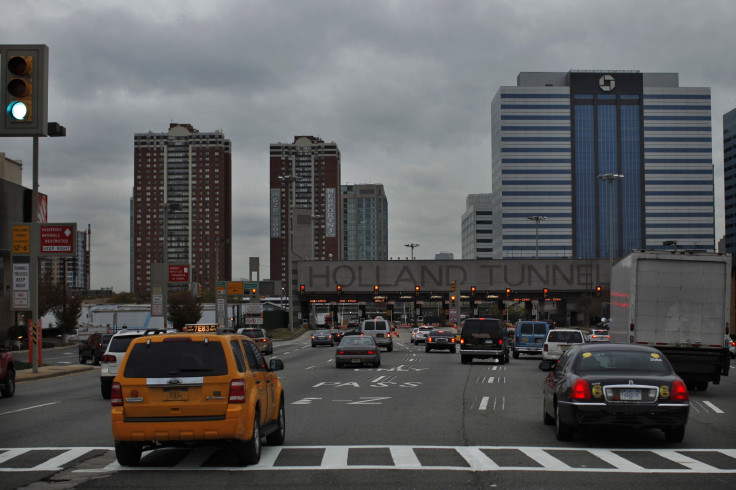Car Insurance Premiums 2014: Which State Has The Highest Rates?

They say nothing's certain except death and taxes, but car owners would certainly add auto insurance to that list. Insurance premiums are the second-most-costly part of vehicle ownership in the U.S., well ahead of general repair and maintenance. And if you’re an urban-area car owner who uses public transport more than your car, then you can be spending more on premiums than on gas.
But according to the latest data on car insurance premiums, the average annual cost has actually declined from previous levels, according to data from the National Association of Insurance Commissioners analyzed by Bankrate.com, a consumer financial services company. Each year, the NAIC takes data from insurers and states and compiles a five-year running average of annual premium costs. This year’s data is the average for all state premiums from 2007 to 2011, including coverage for liability, comprehensive and collision.
Released Monday by Bankrate as part of its annual tally of the total cost of car ownership by state, the data shows that premiums have declined in most states, albeit most of them by less than 1 percent, compared to the previous five-year average from 2006 to 2010 (see chart below). Six states saw declines in premiums of between 2 percent and 4 percent, while Oklahoma was the only state where the average baseline car insurance premium increased by more than 1 percent.
What this means is that drivers with good records and modestly priced cars are likely paying less today than they were in the recent past. But insurance premium fluctuations are a complicated system, and many of the factors that go into changes in premiums are geographic rather than personal, says Chris Khan, Bankrate.com’s research and statistics editor.
“Changes in state rates [are] based on who is buying these policies, where they live, accident rates, theft rates, type of claims, or changes in local regulations. All of these things get taken into account,” Khan said by phone on Monday.
This means, for example, if a hurricane hits a region one year, it could raise car insurance premiums in the ensuing years. Also, states with low populations generally have lower car insurance costs because of the lower accident and theft rates — though having to drive long distances also means paying more for fuel.
© Copyright IBTimes 2025. All rights reserved.





















